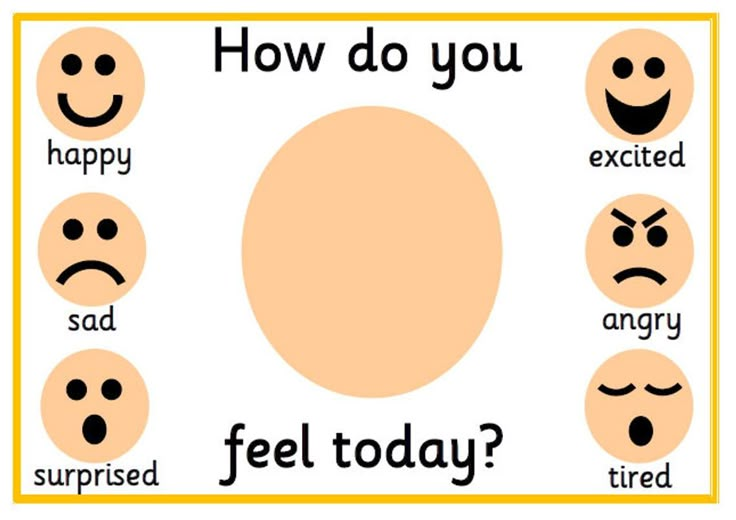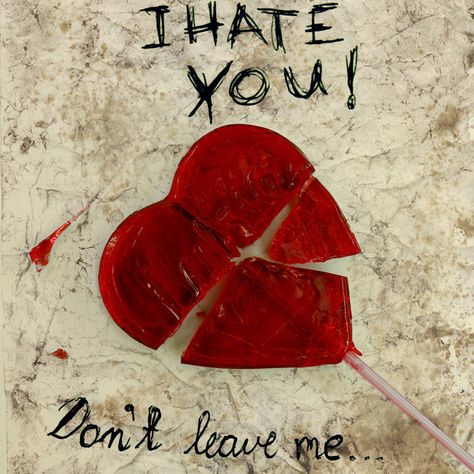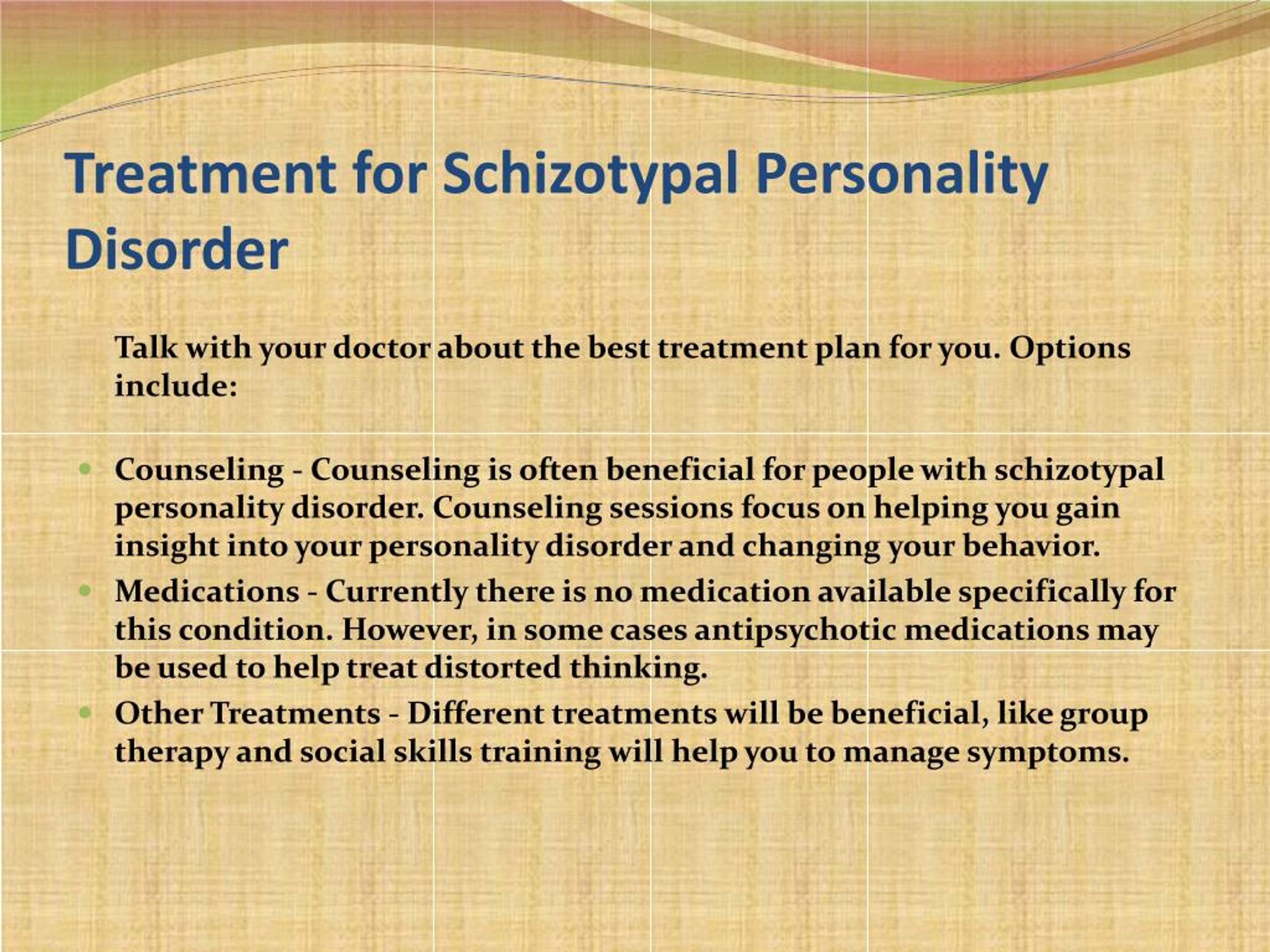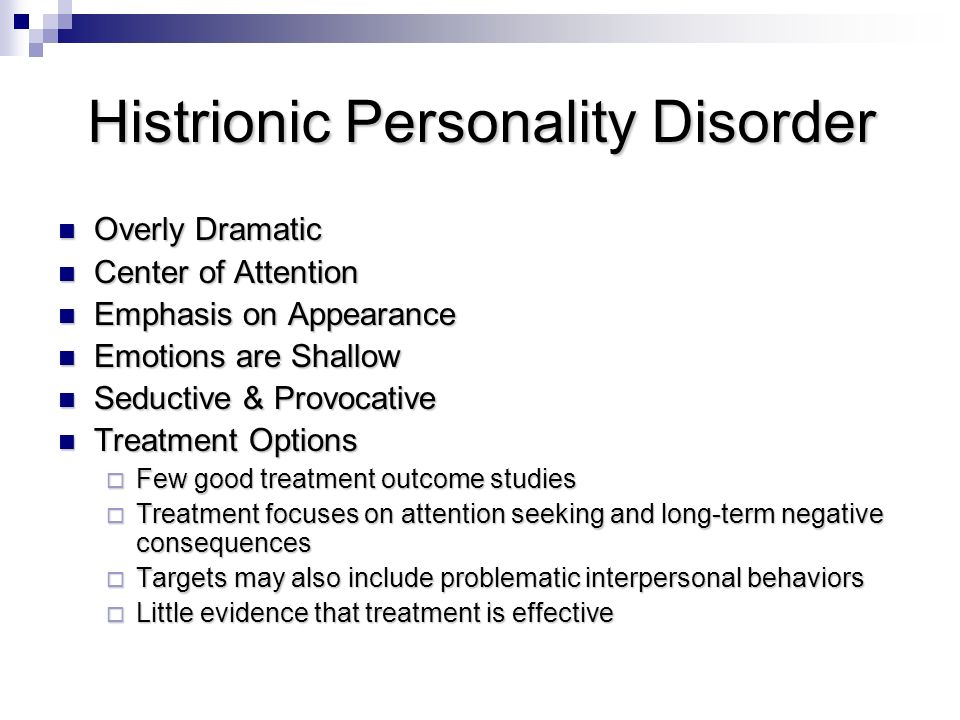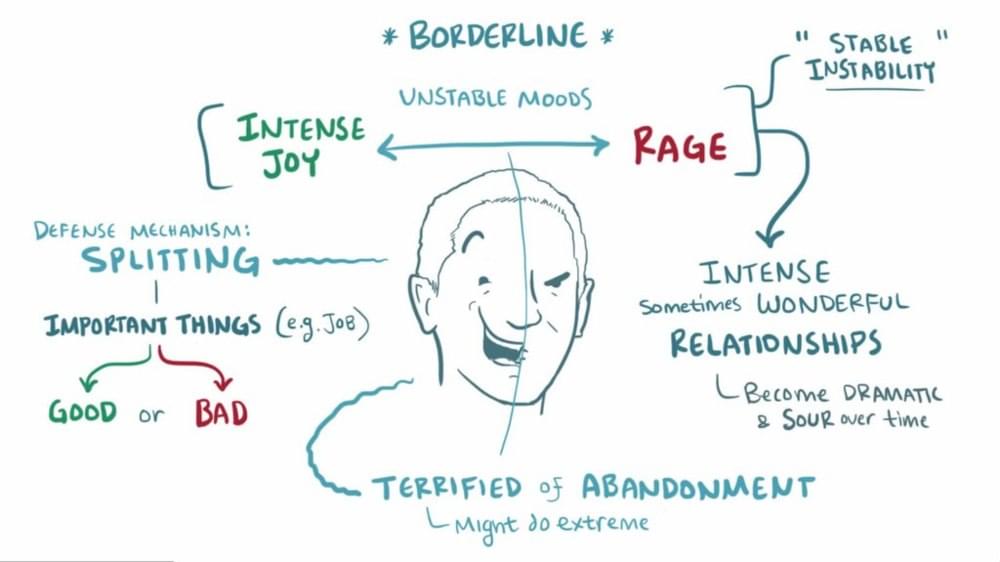Negative punishment definition
What is Negative Punishment (Examples and Effectiveness)
In this article, we will review negative punishment, its definition, examples, and drawbacks.
American psychologist B.F. Skinner developed the theory of operant conditioning, which stated that a person or animal’s behavior could be increased or decreased by adding or removing appropriate stimuli after the behavior is exhibited.
The difference between classical conditioning and operant conditioning is that classical affects unconscious behavior, while operant affects conscious behavior.
Within operant, punishment aims to reduce a behavior while reinforcement increases a behavior. Punishment or reinforcement can be positive or negative. Positive and negative indicates whether it’s adding something (positive) or taking away something (negative).
The two types of punishment are positive punishment and negative punishment. The two types of reinforcement are positive reinforcement and negative reinforcement.
What Is Negative Punishment
Negative punishment, an operant conditioning technique, reduces a behavior or response by taking away a favorable stimulus following that action.
Because negative punishment procedures decreases the likelihood of the behavior occurring again by removing a stimulus, the stimulus must be pleasant or essential. The person or animal learns to associate the negative consequence with the behavior. This type of conditioning is also known as “punishment by removal.”
Negative Punishment Examples
There are many examples of negative punishment in everyday life. Losing privileges, being fined for violating the law, being grounded and losing access to the tablet are all common negative punishment examples.
- Taking away a boy’s recess privilege to stop his disruption
- Giving the driver a parking ticket (taking away money) to stop his illegal parking
- A child’s screen time is cut to stop his tantrum
- Taking away a teenager’s phone to stop the bad attitude
- Charging a fee to stop people from paying their bills late
- Remove attention by looking away to stop a dog from jumping onto the owner
Effectiveness of Negative Punishment
Negative punishment can be extremely effective when the following criteria are met: contingency, contiguity, and consistency.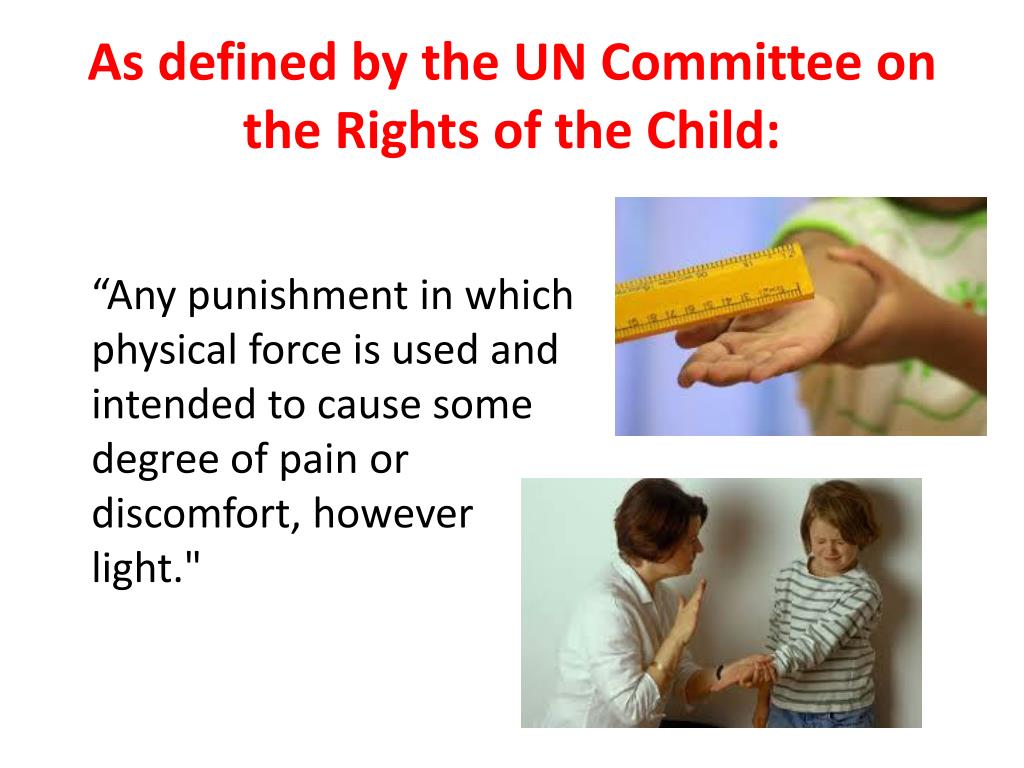
Contingency
Contingency describes the dependent nature of the punishment on the behavior. If the punishment is applied whenever the target behavior appears, then the punishment depends on the appearance of the undesired behavior. If the stimulus removal happens whether the act appears or not, or before the behavior occurs, then it is less likely to work.
Continguity
Contiguity is the immediacy of the behavior and stimulus removal. If punishment is delayed, the suppression of behavior will not be as effective1. When there is a significant gap between the behavior and stimulus removal, the association is weakened. In addition, other actions may appear in the meanwhile, and this behavior then mistakenly becomes the one being suppressed.
Consistency
Consistency is necessary for negative punishment to work. Consider speeding. People still regularly speed despite the possibility of receiving a traffic ticket because they don’t get one every time. They are only fined if they are caught, and that’s why it doesn’t work well in this case.
They are only fined if they are caught, and that’s why it doesn’t work well in this case.
Side Effects of Negative Punishment
One problem of negative punishment is that it works for as long as the stimulus is consistently removed. But once the punishment stops, the undesired behavior is very likely to resume. Another drawback is, while it can stop an undesired behavior, it doesn’t provide information on what the desired action is.
Here’s an example of negative punishment causing an unintended problem. A student misbehaves in class and the teacher takes away his token gold star. This penalty may have a deterring effect on the conduct. But if a child is misbehaving because he is anxious or hyperactive, the punishment doesn’t teach the child how else to deal with the issue. This forceful behavior restraint may result in mental or emotional problems for the child2.
Also See: Reinforcement Theory of Motivation
References
-
1.
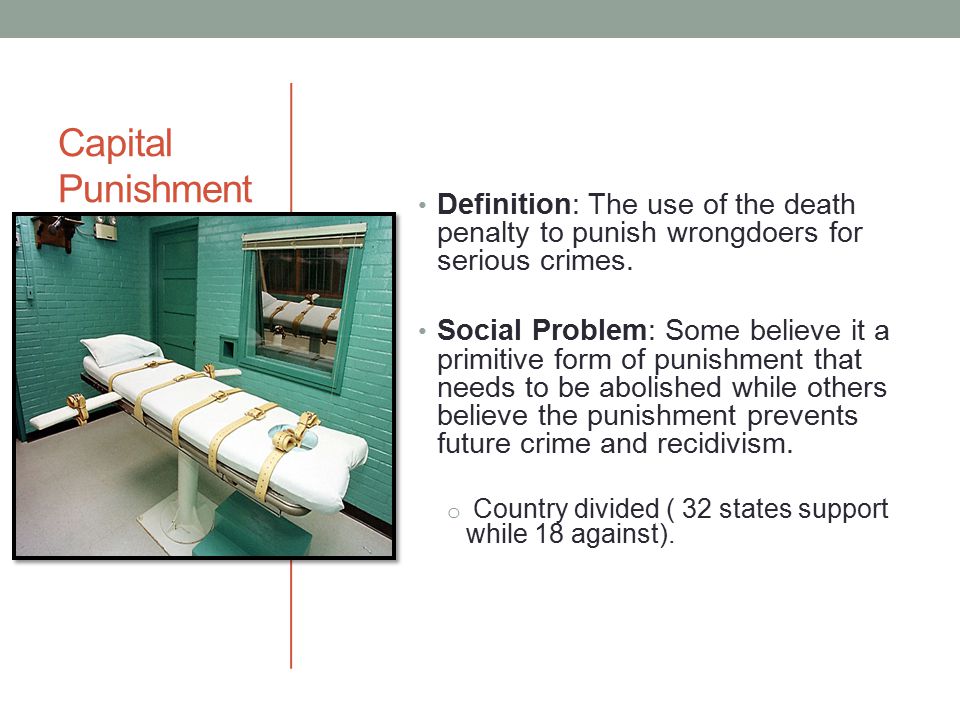
Meindl JN, Casey LB. INCREASING THE SUPPRESSIVE EFFECT OF DELAYED PUNISHERS: A REVIEW OF BASIC AND APPLIED LITERATURE. Behav Intervent. May 2012:129-150. doi:10.1002/bin.1341
-
2.
Skinner BF. Science and Human Behavior. Simon and Schuster; 1965.
About Pamela Li, MS, MBA
Pamela Li is a bestselling author. She is the Founder and Editor-in-Chief of Parenting For Brain. Her educational background is in Electrical Engineering (MS, Stanford University) and Business Management (MBA, Harvard University). Learn more
View all posts by Pamela Li, MS, MBA | Website
Negative Punishment Examples and Scenarios
DESCRIPTION
Girl handing over her phone
SOURCE
SDI Productions / iStock / Getty Images Plus
PERMISSION
Used under Getty Images license
Nobody ever wants their stuff taken away. That is the main concept behind negative punishment. Using negative punishment example scenarios, gain an understanding of the concept and its effectiveness.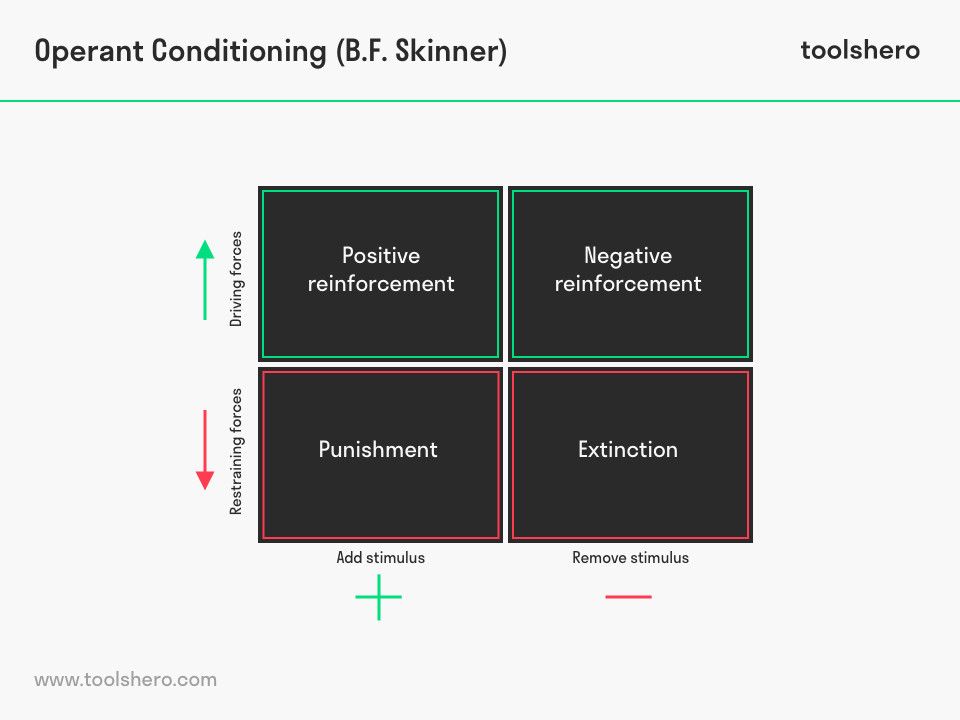 Then, go on to explore the difference between positive and negative punishment.
Then, go on to explore the difference between positive and negative punishment.
Exploring Negative Punishment
The use of punishment is one way to deter or eliminate undesired behavior. In the case of negative punishment, it is where you take away something positive to decrease an undesirable or bad behavior. Basically, to punish bad behavior, something you like is taken away. This could be your car, job, toy or even your freedom.
When thinking of negative punishment, you might think of B.F. Skinner and his experiments with animals on operant conditioning. However, negative punishment examples in real life happen all the time in work, school, home and even the grocery store.
Examples of Negative Punishment
When it comes to the real world, negative punishments are found everywhere. It’s one way that employers, parents, teachers and even the government try to make sure that people don’t break the rules. Dive into some fun and unique negative punishment examples in real life.
Missing Curfew
A teenager has a curfew of 10 p.m. She misses her curfew by 10 minutes. Her parents take away the Bluetooth speaker in her room for three days.
In this instance, the teen’s parents are taking away her speaker (something she values and enjoys) as punishment for missing curfew. By taking away her speaker, they hope that the teen will not miss curfew again.
Answering the Phone in School
A teen answers his phone in the classroom, interrupting the teacher. The teacher takes away his phone for the rest of the day.
Here, the teacher is hoping that by taking away the phone (positive item) as punishment, the teenager will not answer his phone in class again. This is because they do not want the repeat punishment of losing their phone.
Not Completing Work
At a customer service center, a worker isn’t answering enough phone calls. The boss calls the worker into his office and demotes his pay for his bad performance.
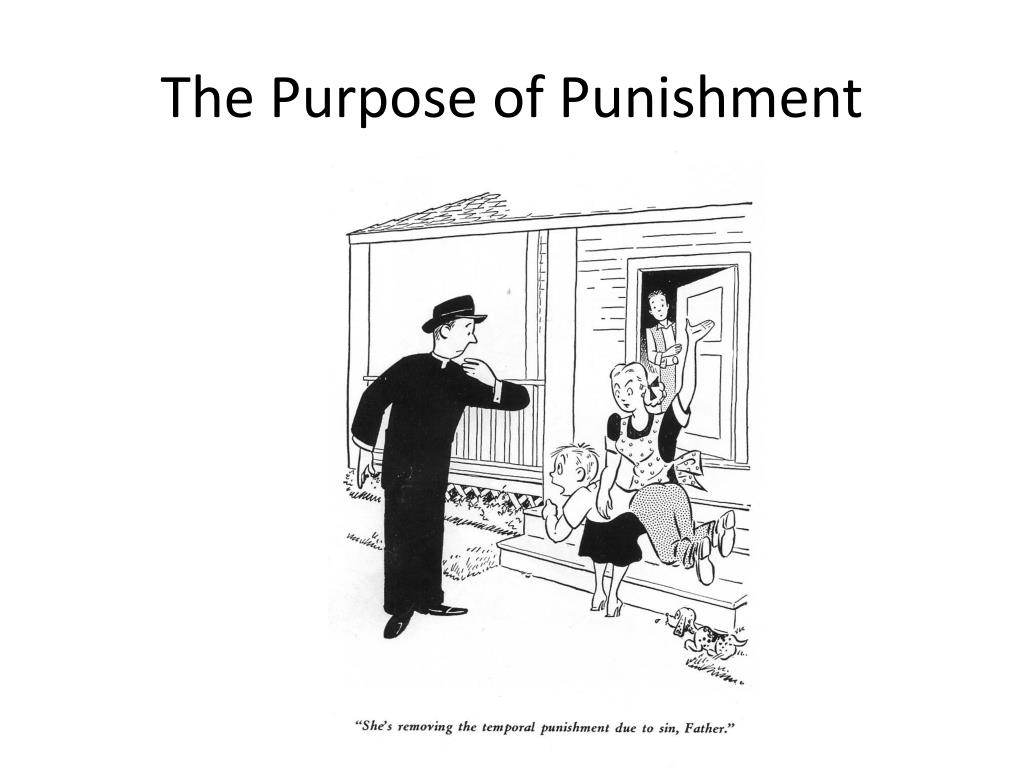
By taking away some of the workers' pay (negative punishment), the employer is hoping that the employee will improve their work performance. If it doesn’t, the employer might try another form of negative punishment, like firing.
Breaking the Law
A drunk driver is pulled over by the police. After several sobriety tests, the police officers arrest the man and impound his car for breaking the law against drinking and driving.
Governments provide negative punishments when you break the laws. The impounding of the car is a negative punishment for the driver, because they lose the positive privilege of having the car. This will be even worse, because the driver will also have to pay fees to get their car back (losing money).
Fighting With Siblings
Two sisters are fighting over playing a video game. Because they are fighting over the game, their mother takes the game away for the rest of the week.
To curb the undesirable behavior of fighting, the mother is taking away the video game.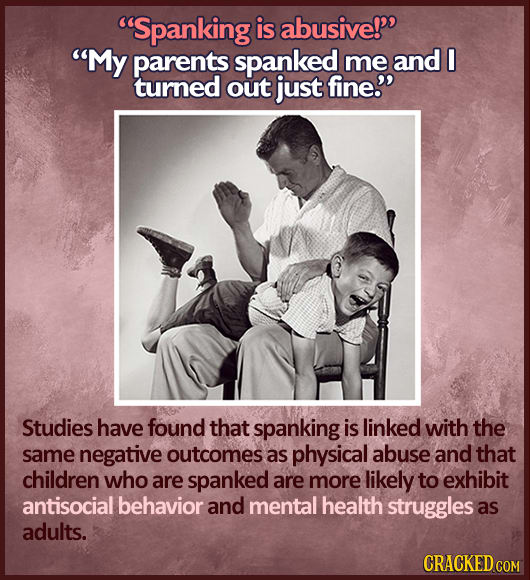 By taking it away, the sisters might think next time about sharing rather than fighting over it.
By taking it away, the sisters might think next time about sharing rather than fighting over it.
Throwing a Tantrum
A toddler is having a tantrum at a supermarket. The mother of the toddler takes away his blanket (that he loves) until he stops his tantrum.
The removal of the blanket is the negative punishment for the tantrum. If this is done each time, the toddler will learn that tantrums mean his blanket gets taken away. This might lead to fewer tantrums in the future.
Stealing Work Supplies
A worker is caught stealing supplies from her workplace. The workplace has a zero tolerance for employee stealing. After being caught, she is fired from her job.
The employer is taking away the job (a desirable thing) for being caught stealing (behavior that needs modification). This is an example of negative punishment, because the worker will no longer have money to live and must find a new job. This will also encourage the worker not to steal in the future.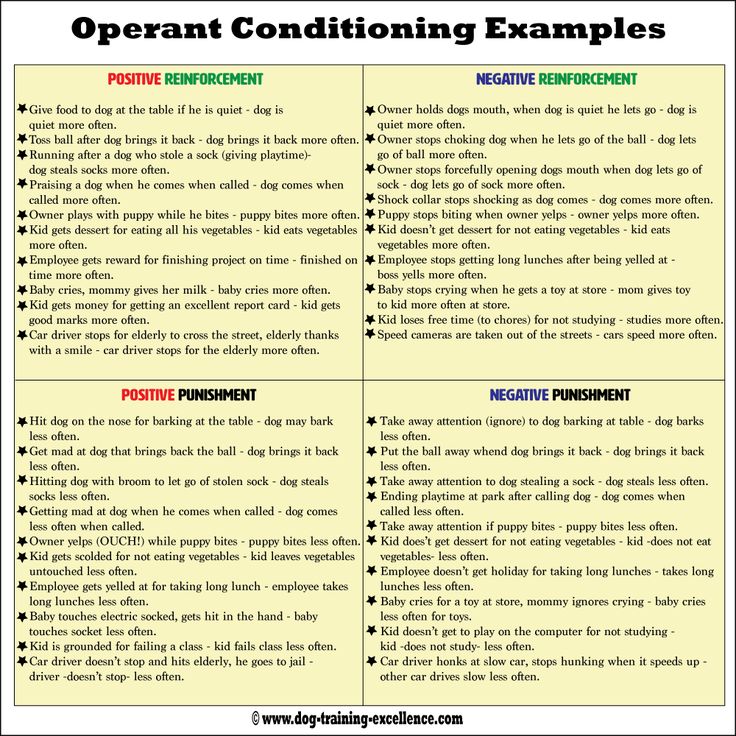
Refusing To Do Chores
A brother and sister are not doing their chores when they come home from school. Fed up, a mother resets the Wi-Fi password so the children can no longer access the Internet.
The mother is attempting to punish the children for not doing their chores by taking away their online privileges. In the future, the children know that if they don’t do their chores, they will lose access to the Internet.
Swearing in School
A high school senior swears in school and is sent home with a note. His parents take away his car keys for one week and make him ride the bus to school.
The poor choice of swearing in school is punished through revoking the teen’s independence by taking his car keys. This will make the young man think about swearing in school again and hopefully curb the behavior.
Growling Dog
A dog growls every time someone approaches his food bowl. His owner takes away his food bowl every time he growls.
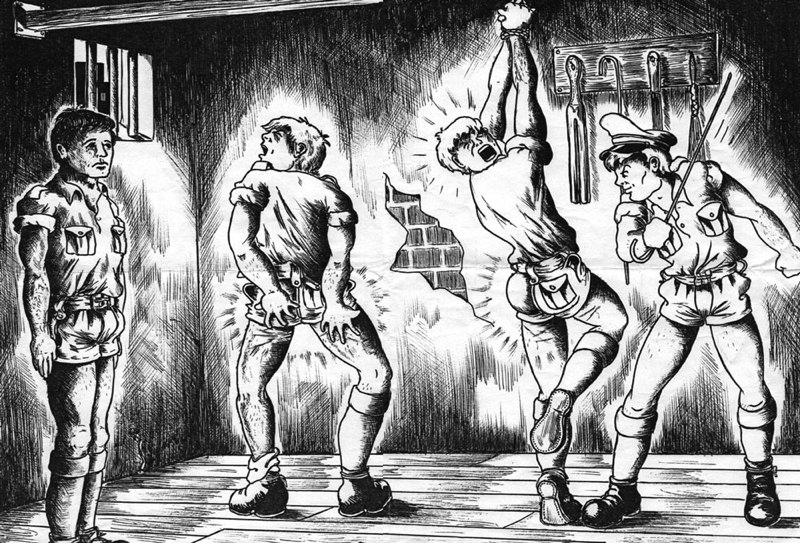
Removal of the food is something that the dog doesn’t want. Therefore, the dog will stop growling when someone approaches his food bowl because he wants to keep his food.
Effectiveness of Negative Punishment
Negative punishment can be very effective in reducing bad or unwanted behaviors. This is because it makes a person (or animal) start to associate the loss of something positive (like their car or video game) with the negative behavior (swearing or missing curfew).
However, you must be consistent in providing the negative punishment every time it happens. The negative punishment must also be doled out immediately after the bad behavior. Being consistent is especially important for the strategy to be effective.
Negative Punishment vs. Positive Punishment
When it comes to punishment, it is a numbers game. During negative punishment, the “negative” part refers to removing or taking away something good.
But when it comes to positive punishment, the “positive” part describes the fact that you are adding something bad.
As an example of positive punishment, a teenager who did not do their dishes now has to not only do the dishes, but also sweep the floor. This positive punishment is adding a negative consequence to reduce an undesired behavior.
Punishment and Behaviors
When it comes to behavior modification, punishment is a very effective tool to help your child, student, worker or even pet to learn to behave themselves. Now that you’ve explored negative punishments, you might want to delve into the complicated world of positive reinforcement and negative reinforcement, too. And remember it’s all about behavior!
90,000 encouragement and punishment "Press the child better,
depriving him of good than
Making him the poor"
Yu. Hippenreiter
Propcy and punishment - these are two sides of the same medal, the name of which "upbringing".
Reward is a manifestation of a positive assessment of the child's behavior.
Punishment is a negative assessment of the child's behavior in case of violation of moral standards.
Punishment. There are many ways for adults to demonstrate their negative attitude towards the actions of their son or daughter: a cold look, frowning eyebrows, a warning gesture, an angry word, etc. is punishment , because from the lips of the dearest person a negative assessment of his behavior was heard. But we must remember that the more parents use such authoritarian methods of influence as orders, scolding, nagging, grumbling, shouting, scolding, the less it has an impact on the behavior of their children. If, in addition, adults are angry, annoyed, hostile, or even hysterical, then a positive result should not be expected. Of course, you should not get carried away punishments . But at the same time, one cannot be condescending, conciliatory towards serious shortcomings in the behavior of a child and allow impunity .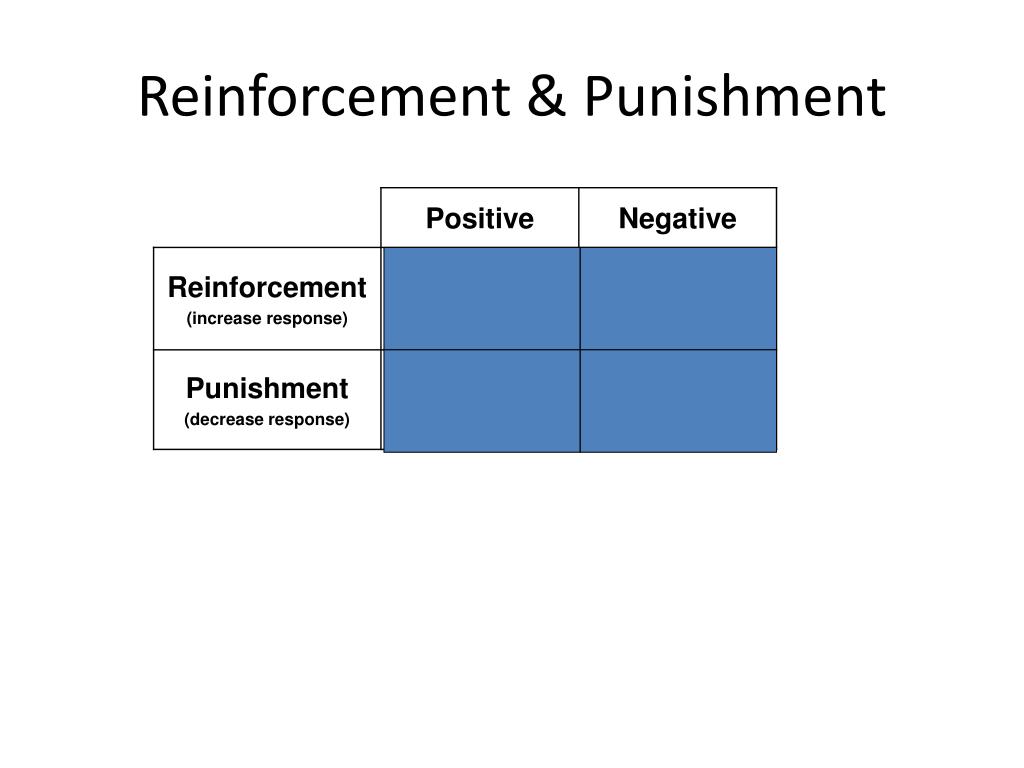 A.S. Makarenko correctly pointed out: “A reasonable system of penalties is not only legal, but also necessary. It helps to form a strong human character, instills a sense of responsibility, trains the will, human dignity. The ability to resist temptations and overcome them.
A.S. Makarenko correctly pointed out: “A reasonable system of penalties is not only legal, but also necessary. It helps to form a strong human character, instills a sense of responsibility, trains the will, human dignity. The ability to resist temptations and overcome them.
We must strive to ensure that punishment did not humiliate the personality of the child, did not offend his human dignity.
Punishment does not reach the target if applied in a state of irritation. Conscious discipline cannot be established by harsh shouting. The censure must be made briefly, clearly, firmly and demandingly, but without passion and irritation.
Punishments should not be too frequent. But at the same time, one should not be condescending towards serious shortcomings in the child's behavior and allow impunity .
Highly excitable children require a special approach. The processes of excitation in them prevail over the processes of inhibition. Therefore, often in relations with other children, and sometimes with adults, they show harshness, rudeness, swagger. Prohibitions and remarks from adults, especially if made in a harsh form, do not always have a positive effect on such children. Here it is useful to make demands in the form of a request, advice.
Therefore, often in relations with other children, and sometimes with adults, they show harshness, rudeness, swagger. Prohibitions and remarks from adults, especially if made in a harsh form, do not always have a positive effect on such children. Here it is useful to make demands in the form of a request, advice.
Punishment should not harm health - neither physical nor mental. Don't humiliate the child. You cannot be punished with deprivation of food. The child should not panic fear of punishment. He must know that in certain cases punishment is inevitable.
When in doubt: to punish or not to punish, do not punish.
The child must know for what act he is being punished.
Do not punish with occupational therapy - after that, any work will be perceived as a punishment.
For one offense - one punishment. If many offenses are committed at once, the punishment may be severe, but only one punishment, for all the offenses.
Delayed punishment is unacceptable.
Determine required punishment and its measure is very difficult. The child is very sensitive to justice punishment . Please remember the following:
- you may be wrong.
- have the courage to apologize to the child if punished him undeservedly .
- control the behavior of the child, try to prevent possible negative actions.
But, of course, there are some tips on how to make punishment effective , if the following conditions are met:
Punish as little as possible , only if it is impossible to do without punishment , when it is clearly appropriate.
Punishment should not be perceived by the child as revenge or arbitrariness. When imposing punishment , an adult should in no case show strong anger or irritation. punishment is reported in a calm tone; while emphasizing that the act is punished, not the person.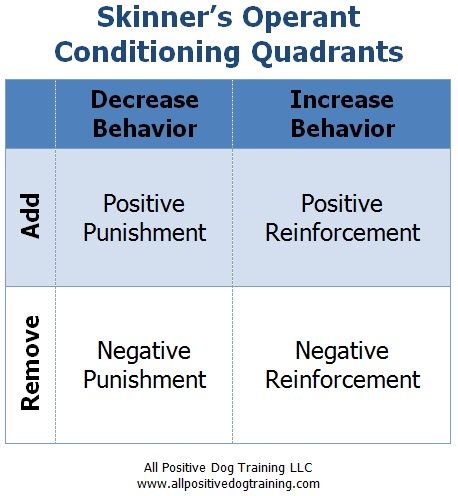
After punishment , the offense must be "forgotten". He is no longer remembered in the same way that punishment is not remembered either.
It is necessary that punishments do not flow in whole streams, one after another. In this case, they do not bring any benefit, they only unnerve the child, and due to their large number, they cannot even be carried out.
Punishment should in some cases be canceled if the child declares that he is ready to correct his behavior in the future, not to repeat his mistakes.
A child should never be punished when he is ill; before bedtime and immediately after it; while eating; during work and play; immediately after mental or physical trauma; when a child sincerely tries to do something, but he does not succeed; when a parent is in a bad mood.
A child should not be afraid of punishment, not of anger, but of your grief.
Promotion. There are many ways to express your positive appreciation to your child. This is an affectionate look, and encouraging , a slight nod of the head, and an approving gesture, and a kind word, and praise, and a gift.
Encouragement of a child , for something good, exemplary behavior, strengthens his faith in his own strength, causes a desire to behave better in the future, to show his good side.
It is especially important to encourage a child for the ability to find and do things that are necessary and useful for families . For example, a child, without waiting for the parents' instructions, on his own initiative provided assistance to elderly relatives, independently weeded the garden, brought water. These facts of the child's positive behavior should be approved using the following statements - "You have become quite an adult", or "what a fine fellow you are", etc.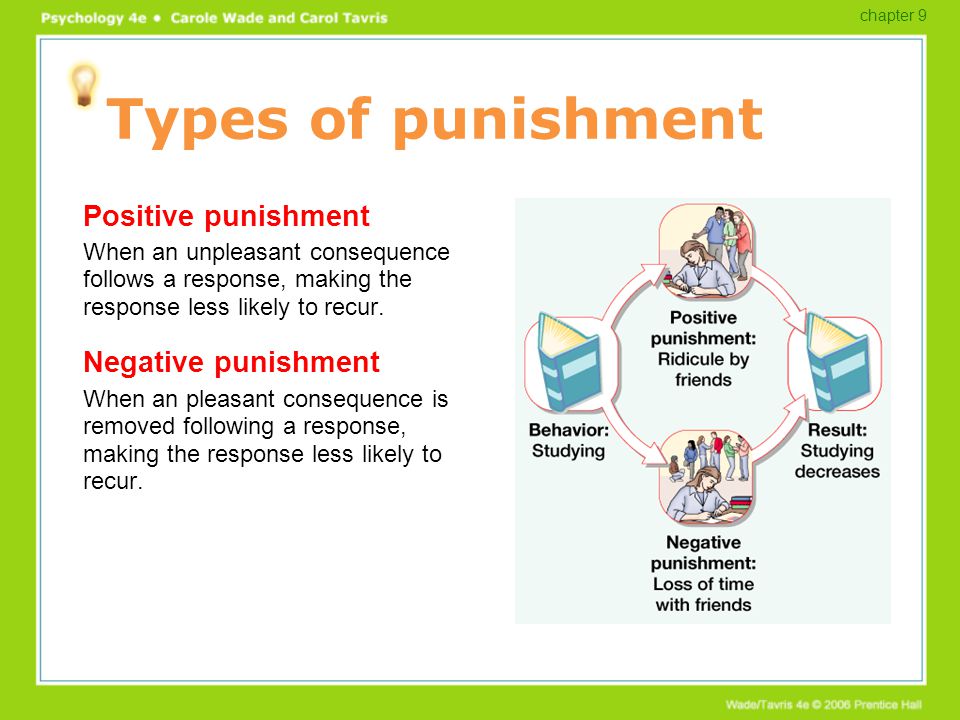
Not always and not everything is needed encourage . What has entered life and everyday life, has become a habit, has become a tradition, does not require encouragement . It is necessary to encourage only for real, not for imaginary merits. Reward should be applied on a child-specific basis.
Be careful not to praise too much. I immediately want to “put in place” such praise, to show my true nature. The child, as if feeling doubts whether he is so “wonderful, sweet, irreplaceable”, tries to refute the praise with his behavior. The child will appreciate sincere praise, and next time he will be sincerely glad to please you.
Praise should be directed to the child's deed, not to his personality. The child may feel anxiety, because he is far from being as perfect as they say he is. And listening to the endless exclamations: “What a wonderful child! Well, smart girl ”- the baby risks growing up as a narcissistic egocentric.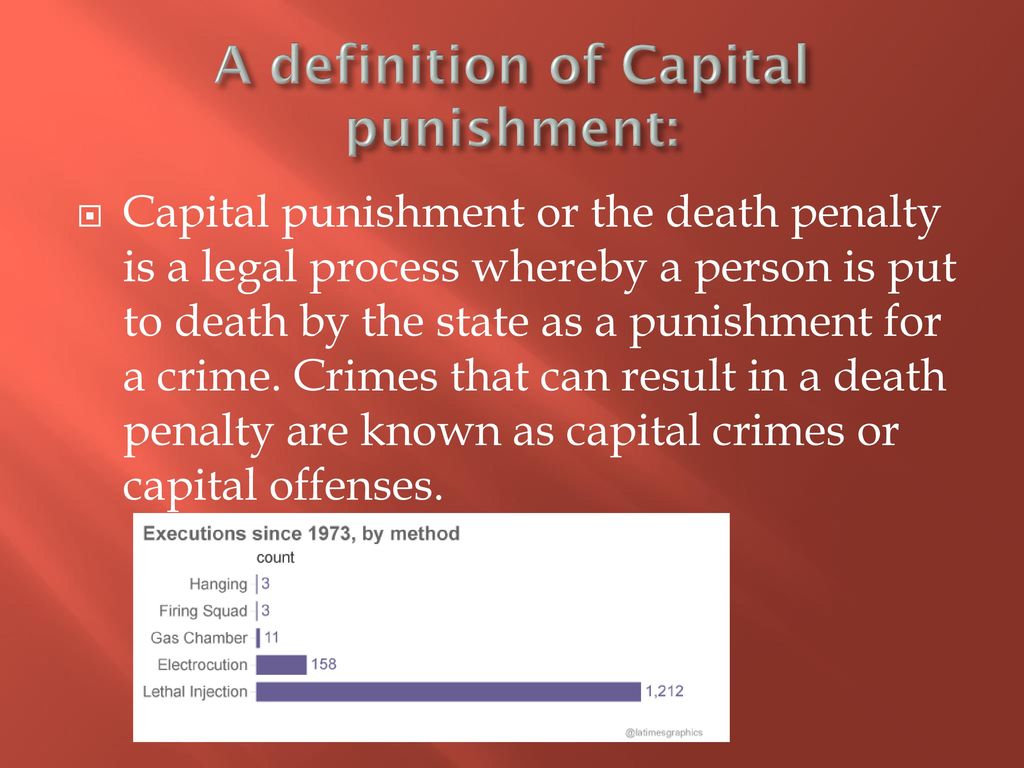
Do not express your approval in financial terms for helping with chores or creative activities. A person successfully does what he chooses sincerely, for internal reasons. If the child knows that payment will follow the action, then he will radically change the nature of his behavior - from “creative doing”, his activity will turn into “making money”.
In families with several children, parents should ensure that the encouragement of one child does not arouse envy or resentment in the rest.
Definitely exclude the reward method - candy or chocolate. Children, of course, are very fond of eating, but you should not create a cult of food and bring up excessive interest in it. Of course, it is easier to buy candy for a child than to take care of a baby. Easier, but far from better.
Encouragement should follow a good deed, not be promised in advance. Your child must learn to enjoy the work itself, and not try for the reward. In life, not all deeds are rewarded, and one should not be taught to always expect it.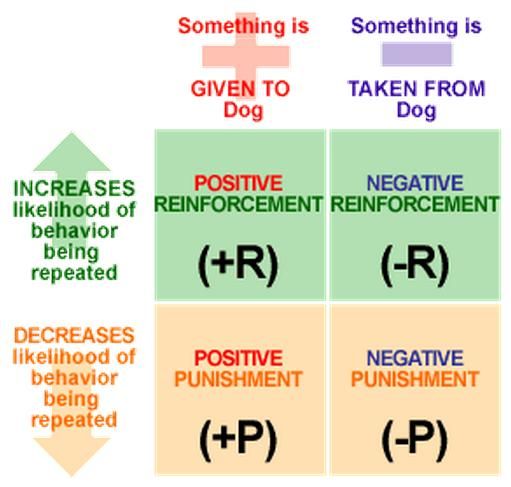
Teach your child to be grateful for any signs of attention shown to him.
The main method of education is persuasion. And for this, talk to your child, communicate with him, look for examples of positive confirmation of your thoughts, be tactful, convincing him. Only then will your thoughts become his thoughts, your aspirations will become his aspirations.
Prepared by SSHS psychologist S.A. Sytina
using Internet resources
What is positive punishment in dog training? Why does a man need a dog?
You noticed that I said positive punishment, not just punishment. In everyday speech, we often talk about punishment when what we technically mean by that is positive punishment. We can also have negative punishment, but that will be a topic for another post.
"Punishment" means something that reduces the likelihood of a behavior being repeated, i.e. the frequency of such behavior is reduced. And "positive" means that something has been added.
So positive punishment means adding something after the dog has performed a behavior that reduces the frequency of that behavior.
For example, if a dog jumps on you, you can knee him in the chest, and the next time you see him, the dog will not jump, i.e. you positively punished the jumping dog. You've added something (unpleasant sensation of pushing your knee into your chest) and reduced the frequency of the behavior.
Please note: I do not recommend this method of dog training and we will get to the reasons why in a bit. And it might not work either (for example, if the dog takes it as a game and keeps jumping, in which case it doesn't work as a punishment).
Examples of positive punishment
There are many examples of positive punishment: scolding a dog, spanking with a newspaper, using a collar with citronella spray to stop barking (when the dog barks, a citronella-scented spray is sprayed), alpha flip or “dominance” ”, when the dog is laid on its side or turned over on its back and kept in this position after it has done something that the owner did not like; using a strict collar that cuts into the dog's neck when he is pulling on the leash, hitting the dog with the leash or jerking when he does something that the owner does not like, using a shock collar to stop what the dog is doing, etc.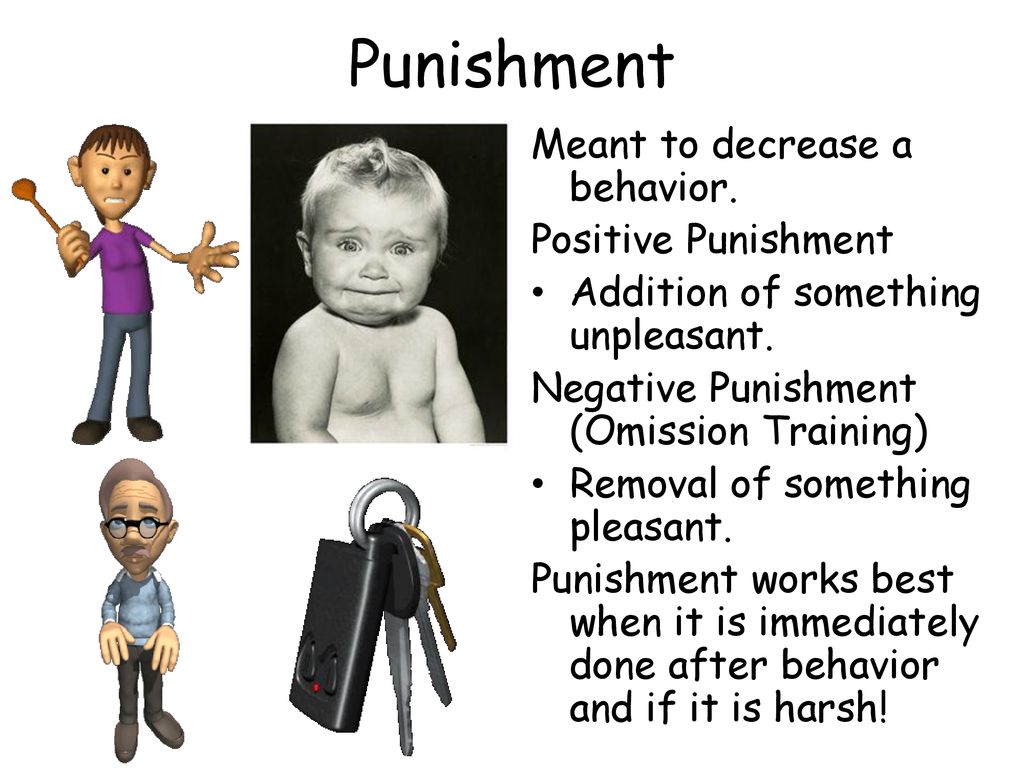
This is not an exhaustive list and you may have seen other forms of positive punishment.
In everyday language, some of them are called "correction". For example, jerking the lead to get the dog to sit when asked is often referred to as "leash correction".
But it is important to understand that this is still the same positive punishment. In other words, you added something anyway (a tug on the leash that the dog feels around its neck) that should reduce the likelihood of the behavior occurring.
One of the reasons it's important to keep this in mind is that dog training is not regulated in any way and sometimes dog trainers are not very versed in the methods they use. Unfortunately, people sometimes say that this is not a punishment. Even in some popular books, explanations can be quite confusing and unclear (Browne et al., 2017). This makes it difficult for ordinary people to understand what the trainer is actually going to do with their dog.
But I tried it on myself and it didn't hurt me!
Sometimes people say that they put a strict collar on their arm and pulled, and it didn't hurt them. Sometimes people repeat this experience with a shock collar. So they think it's okay to use them on their dog.
Sometimes people repeat this experience with a shock collar. So they think it's okay to use them on their dog.
The problem is that they usually control the tension of the collar and the strength of the shock because they do it themselves (or someone else does it, but they know when it will happen).
This may sound like a minor detail, but it is of great importance. It is one thing to have control over it, and quite another if it happens to you out of the blue, and if the same thing repeats and continues.
Lack of control over something can itself be a source of stress.
Another point to keep in mind is how it works. For it to work to stop the behavior, the animal must find it unpleasant (if it liked it or didn't even notice it, it wouldn't reduce the frequency of the behavior).
Finally, the skin on your dog's neck is actually very thin. The San Francisco SPCA reports that "the skin on a human neck is actually thicker (10-15 cell layers) than the skin on a dog's neck (3-5 layers). " They have a lot of helpful resources if you want to learn more about strict collars.
" They have a lot of helpful resources if you want to learn more about strict collars.
We tend to think that since dogs have fur, they should be more protected from such things than we are with our bare skin. But the dog's neck is a very sensitive area. If you remember the anatomy of the neck, it contains important organs, such as the trachea. Applying pressure to the trachea is not in vain for any dog, but it can be especially dangerous for brachiocephalic breeds that are already difficult to breathe.
So putting something on your hand is not the most reliable way to experience what your dog will feel (there is, of course, a more philosophical question about what a dog feels, but in this case I suggest you read Alexandra Horowitz's book).
But isn't my dog trying to dominate?
In fact, scientists agree that dominance is not the way to train dogs. The dominance theory used to be very common (you can still find it in some books, TV shows, and trainers anyway), but it's an outdated approach to dog training.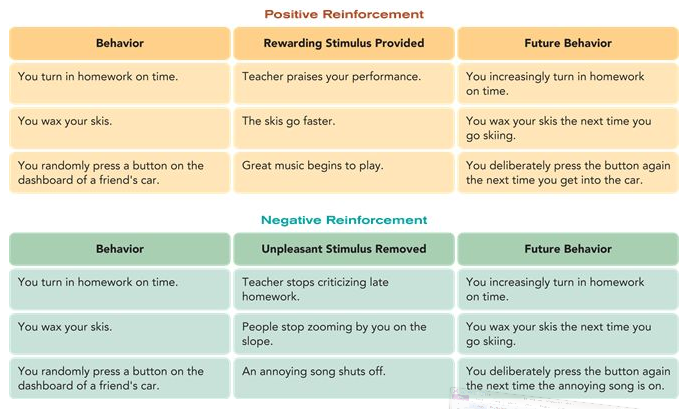
One of the problems with the dominance approach is that it assumes that the dog is always trying to dominate you. First of all, it is not, and secondly, he describes your relationship with the dog as a competition. And it might convince people to use positive punishment (like an alpha flip) because they think that's what science recommends, but it's not.
Some of the things people refer to as dominance include walking in front of you when the dog is on a leash, going through the door first, eating first, getting on the couch or bed. People have told me that they are worried that their dog will become naughty because they like to let him sit on the couch with them.
Let me reassure you that it's okay to let your dog sit on the couch if you want to. It's equally fine if you prefer her not to; just give your dog a good bed and reward him for using it (you can even hide a piece of food there to give the dog a nice surprise when he goes to bed). Thus, she will love her sunbed more than the couch.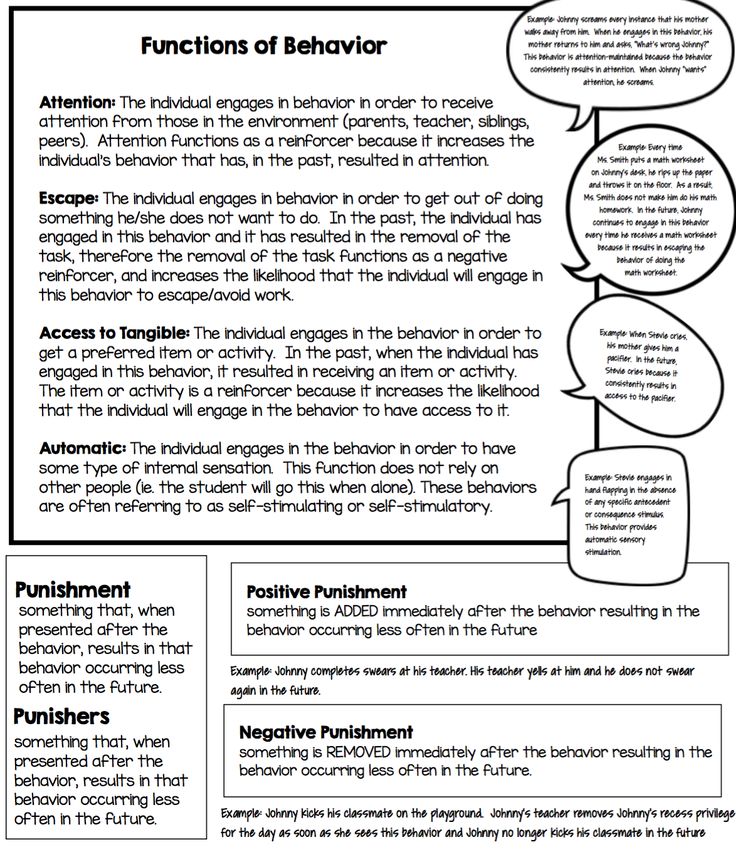 And you can even teach her to go there on command if required.
And you can even teach her to go there on command if required.
It is also normal for the dog to walk ahead of you, get out the door first, and get his meal first. Just decide what is comfortable for you and stick to it.
On the other hand, if the dog is walking in front of you because he is walking on a tight leash, then it is not your dog that is dominant, it is just a dog that wants to go faster because there is something very interesting somewhere out there, and she wants to get it quickly. You can use a harness like the Easy Walk to make it easier for your dog to move around without causing stress (Grainger, Mills and Montrose 2016).
Are there risks in using positive punishment?
Unfortunately, scientific studies of various dog training methods show that there are potential risks when using positive punishment, which is an aversive method.
In their review of the scientific literature on dog training, Ziv (2017) reports:
“Despite methodological problems, it appears that aversive training methods have undesirable unintended results and that their use compromises the welfare of dogs. In addition, there is no evidence that aversive methods are more effective than reward-based learning methods. At least 3 studies in this review demonstrate that the opposite may be true for both domestic and working dogs. Therefore, it is recommended that the community use reward as the basis of dog training and avoid, as far as possible, aversive training methods.”
In addition, there is no evidence that aversive methods are more effective than reward-based learning methods. At least 3 studies in this review demonstrate that the opposite may be true for both domestic and working dogs. Therefore, it is recommended that the community use reward as the basis of dog training and avoid, as far as possible, aversive training methods.”
Some of the problems that are reported to be a consequence of the use of positive punishment in dog training are an increase in fear, aggression and stress.
One study found an aggressive response in dogs to positive punishment (Herron, Reisner and Shofer, 2009). For example, 11% of dogs were aggressive in response to the use of a tight collar or garrote, 15% when the dog was yelled "no", and 43% when the dog was hit or kicked.
The more often people use positive punishment, the more likely they are to report that their dog is aggressive and/or excitable (Arhant et al., 2010). The use of aversive teaching methods is a risk factor for aggression towards strangers and family members (Casey et al 2010).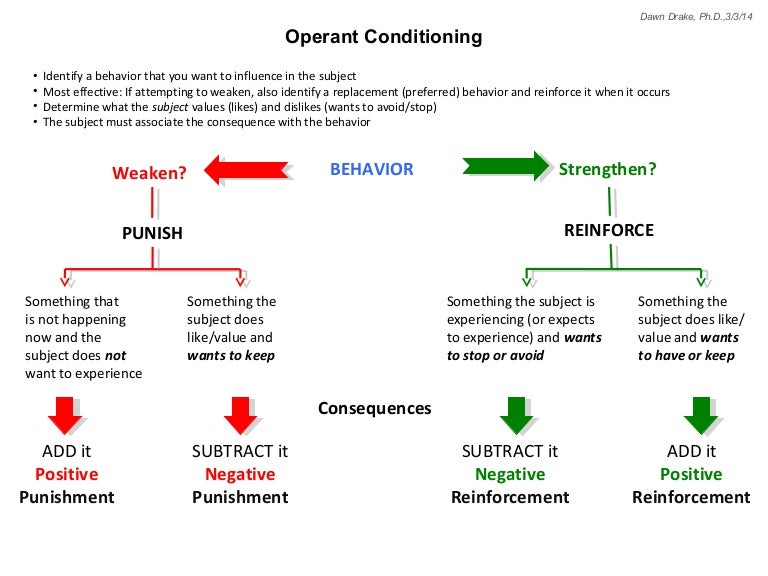 And what surprises some people is that people who talk about using positive punishment in dog training are more likely to report behavior problems (Hiby, Rooney and Bradshaw, 2004). This is also the case when we compare those who use a shock collar with those who use positive reinforcement when learning to call (approach on command). People who use ESHO were less successful in learning than they expected (Blackwell et al 2012).
And what surprises some people is that people who talk about using positive punishment in dog training are more likely to report behavior problems (Hiby, Rooney and Bradshaw, 2004). This is also the case when we compare those who use a shock collar with those who use positive reinforcement when learning to call (approach on command). People who use ESHO were less successful in learning than they expected (Blackwell et al 2012).
Sometimes people say they use ESHO because they think it is more effective. In fact, in a pilot study involving professional dog trainers, there was no difference in the effectiveness of shock collars compared to positive reinforcement for call training in the presence of livestock (sheep) (Cooper et al., 2014). But there were issues with the dog's well-being when using the ESHO.
Authors write:
“It appears that the routine use of stun collars, even with experience (according to the manufacturers of ESHOs), poses a health risk to dogs. This risk is expected to increase when it is used by a non-professional."
This risk is expected to increase when it is used by a non-professional."
What do professional organizations say about the use of positive punishment in dog training?
In its recommendation for choosing a dog trainer, the American Veterinary Society for Animal Behavior states:
“Studies show that dogs do not need to be physically punished in order to be trained to behave properly, and there are significant risks associated with the use of punishment (eg inhibition of learning, increased fear and/or provoking aggression).
Trainers who routinely use tight collars, chokes, electroshock collars, and other methods of physical punishment as their primary training method should therefore be avoided.”
What about cowardly, anxious or aggressive dogs?
Sometimes people think positive punishment is the only thing that will work on an aggressive dog. Unfortunately, using aversive techniques can cause the dog to become more aggressive. The cause of aggression is often fear and anxiety, and the use of positive punishment does nothing to eliminate them.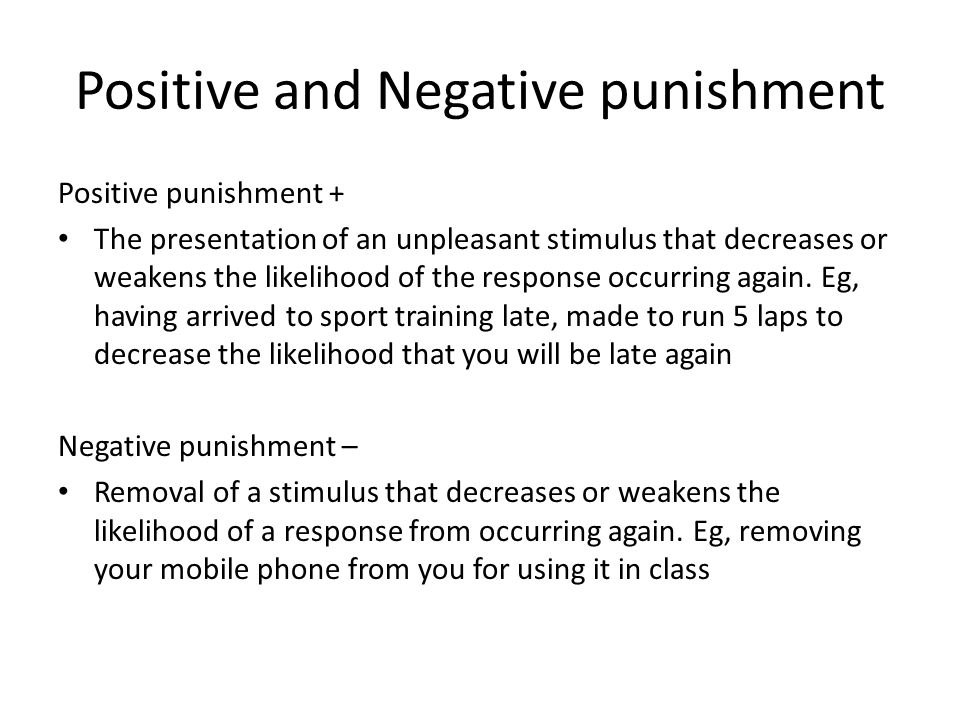
One risky scenario is when a dog is punished for growling because the owner doesn't like being growled at. But he does nothing to deal with the reason why the dog is growling (for example, maybe the dog is afraid and wants someone to stay away from her, or she growls when her food bowl is taken from her).
What happens in this case? The dog learns not to growl, but the problem that caused this behavior still exists. Punishment does nothing to help the dog love or trust people. It is possible that next time, instead of growling, she will just bite.
If a dog growls at you, you must stop what you are doing. Ask yourself why she growls. Then find another solution, even if it's a long-term approach that requires the help of a dog trainer.
If your dog is afraid or anxious then it is especially important not to use positive punishment as this will only increase the fear or anxiety. It can also make the dog fear you if they link you to the source of the punishment.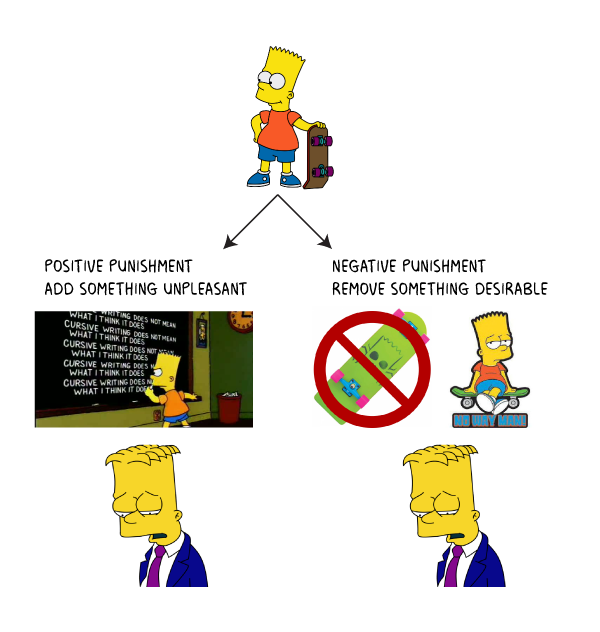 Again, you may need to find a good dog trainer to help solve your problem.
Again, you may need to find a good dog trainer to help solve your problem.
Shouldn't we use all available tools?
Some people like to use a combination of positive reinforcement and positive punishment to train their dog. This is commonly referred to as "balanced" dog training.
However, there are a number of problems with this "balanced" dog training. The risks of punishment don't go away just because you occasionally offer treats or games to your dog. This is evident from some of the studies mentioned above, where many participants used both positive reinforcement and positive punishment.
Just because a range of methods are available does not mean that you should use them all.
Fortunately, tools such as corrective harnesses (eg Easy Walk) and automatic feed dispensers are available these days, so there are far more options than before for people who want an alternative to punishment. And there's a lot more information in books, on TV and on the internet than before, so if you're looking for information, it's there (but you still have to be very careful with your sources, as there's a lot of misinformation about dog training too).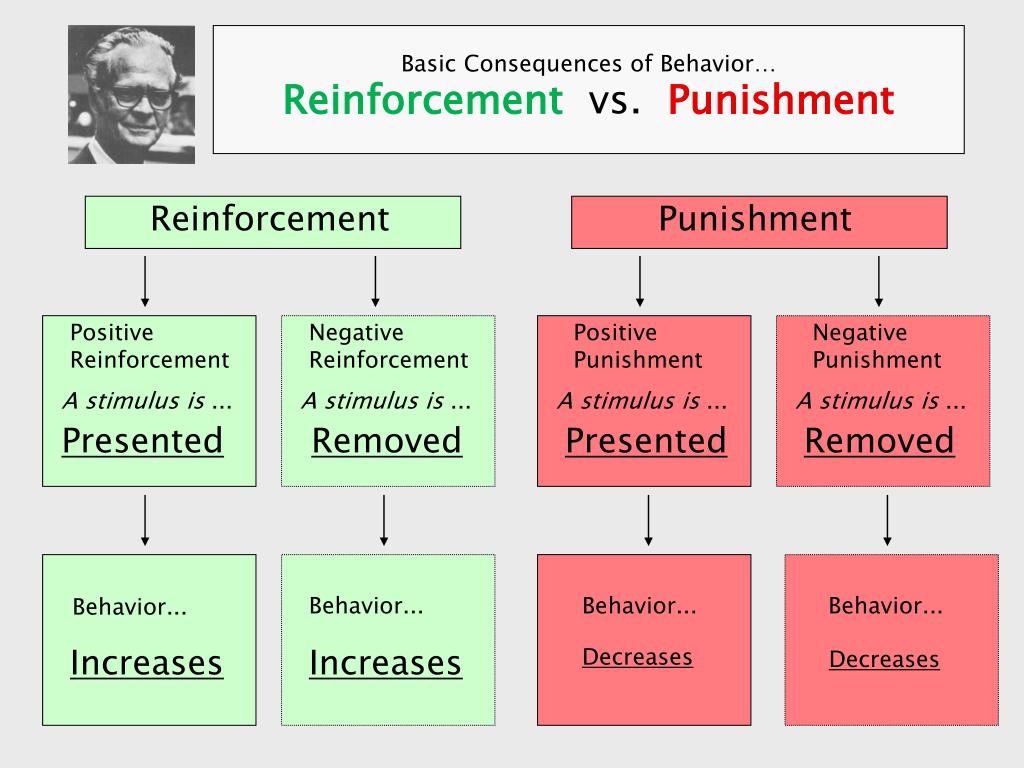 ).
).
It is up to you, as a dog owner, to use methods that you think are safe for your dog and will work. If a dog trainer suggests a method that you don't like, look for another trainer.
How should I train my dog?
If you used to think of training as a way to wean your dog from doing something, then you should think about what you would like to teach your dog to do instead.
For example, you do not want your dog to jump on people who come to you or passers-by on the street. You have several options for what you can train the dog in this case. Maybe you want the dog to sit down to be petted. Perhaps you would like to train a dog to touch a person's hand with its nose, so the dog will be able to sniff the person, but all four of its paws will remain on the ground. Maybe you really don't mind if not all of those paws stay on the ground. Or maybe you just wish your dog could walk alongside instead of running towards all the people in the world.
It's all possible and what you choose is up to you.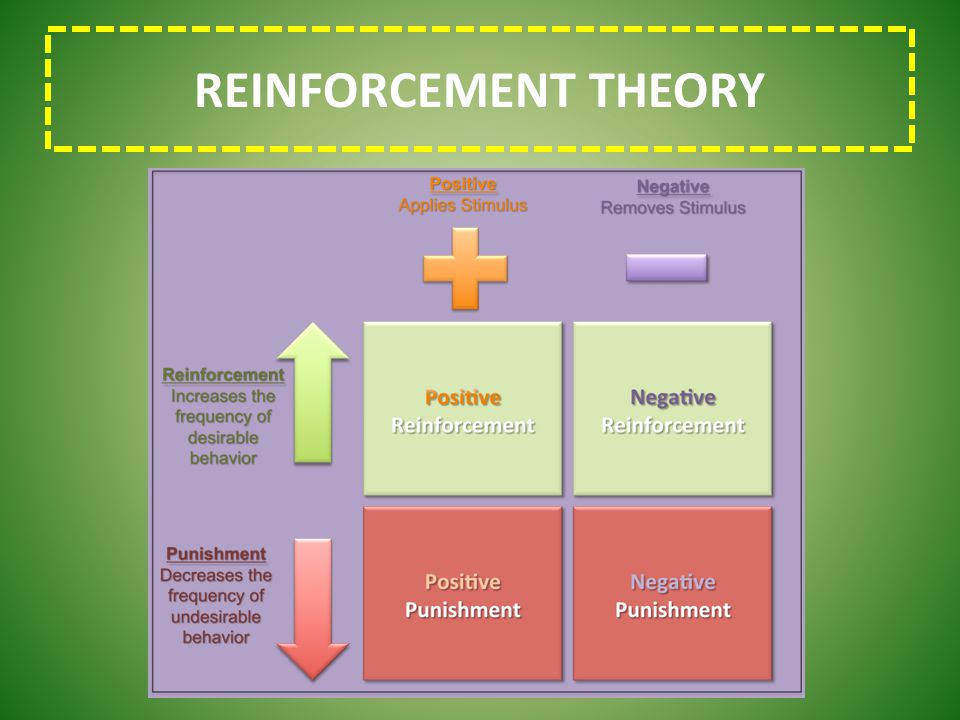 Your dog exhibits a very common, friendly behavior where he jumps on people to greet them, but you can train him to greet them however you would like.
Your dog exhibits a very common, friendly behavior where he jumps on people to greet them, but you can train him to greet them however you would like.
Instead of using positive punishment for bad behavior, consider using positive reinforcement to teach your dog what to do. This is better for your dog because it avoids the risks associated with positive punishment. And there are other benefits of using positive reinforcement in dog training that are not covered here.
And if you need help, you can always hire a dog trainer. Just remember that dog training is not regulated in any way, so be careful in choosing a good trainer for your dog.
Conclusion
When people talk about punishment in dog training, they often mean what is technically known as positive punishment.
Positive punishment means adding something to reduce the likelihood of the behavior, such as using a dash, alpha flip, or hitting the dog. While many people still use positive punishment to train their dog at least occasionally, there are risks associated with its use, including the risks of fear, anxiety, stress, and aggression.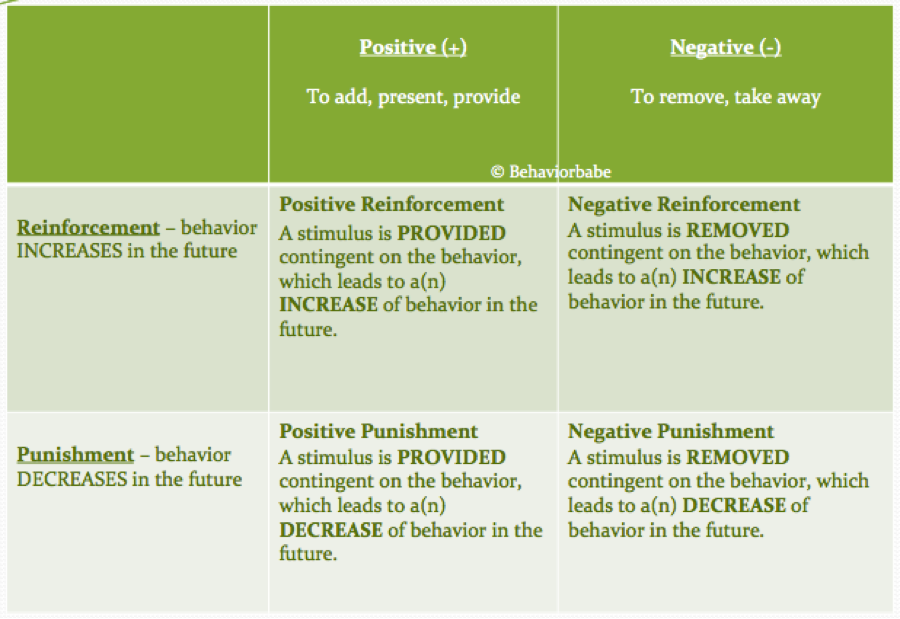 It is also possible that the dog will associate the punishment with the owner and therefore become afraid of him. Positive reinforcement is better for animal welfare, and there are even a few studies that suggest they work better.
It is also possible that the dog will associate the punishment with the owner and therefore become afraid of him. Positive reinforcement is better for animal welfare, and there are even a few studies that suggest they work better.
I will end with a quote from Hiby, Rooney and Bradshaw (2004).
"Because reward-based methods are associated with higher levels of obedience and fewer problem behaviors, we suggest their use as a more effective and well-being alternative to punishment for the average dog owner."
We must decide how to train our dogs, but it makes sense to use methods that are good for the welfare of the dogs.
Refs.
- Arhant, C., Bubna-Littitz, H., Bartels, A., Futschik, A., & Troxler, J. (2010). Behavior of smaller and larger dogs: effects of training methods, inconsistency of owner behavior and level of engagement in activities with the dog. Applied Animal Behavior Science, 123(3), 131-142. https://doi.org/10.1016/j.applanim.2010.
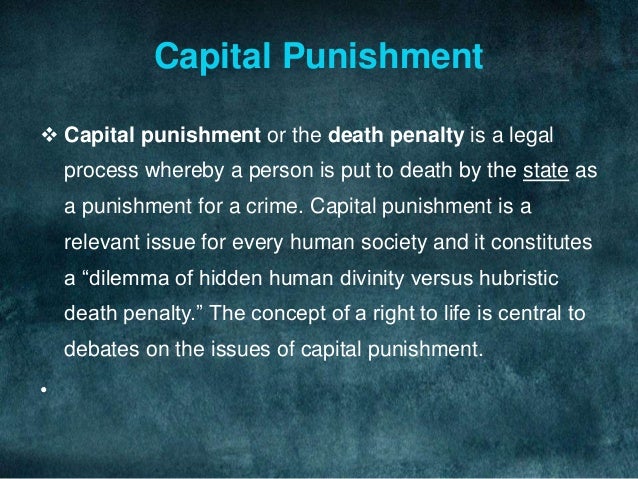 01.003
01.003 - Blackwell, E. J., Bolster, C., Richards, G., Loftus, B. A., & Casey, R. A. (2012). The use of electronic collars for training domestic dogs: estimated prevalence, reasons and risk factors for use, and owner perceived success as compared to other training methods. BMC Veterinary Research, 8(1), 93. https://doi.org/10.1186/1746-6148-8-93
- Cooper, J. J., Cracknell, N., Hardiman, J., Wright, H., & Mills, D. (2014). The welfare consequences and efficacy of training pet dogs with remote electronic training collars in comparison to reward based training. PloS one, 9(9), e102722.
- Grainger, J., Wills, A. P., & Montrose, V. T. (2016). The behavioral effects of walking on a collar and harness in domestic dogs (Canis familiaris). Journal of Veterinary Behavior: Clinical Applications and Research, 14, 60-64. https://doi.org/10.1016/j.jveb.2016.06.002
- Herron, M. E., Shofer, F. S., & Reisner, I. R. (2009). Survey of the use and outcome of confrontational and non-confrontational training methods in client-owned dogs showing undesired behaviors.


